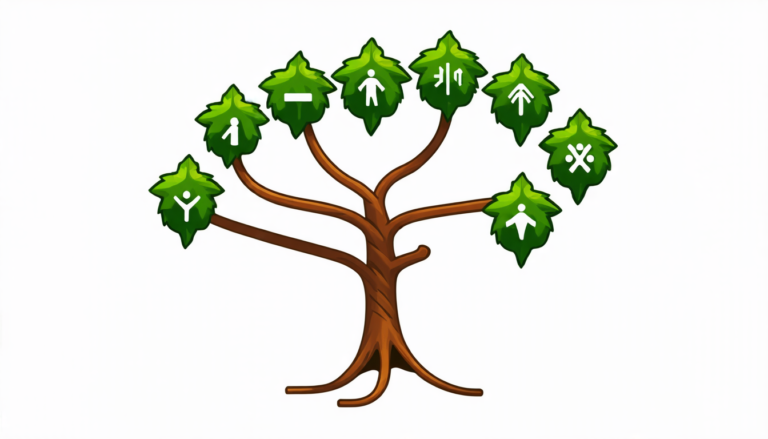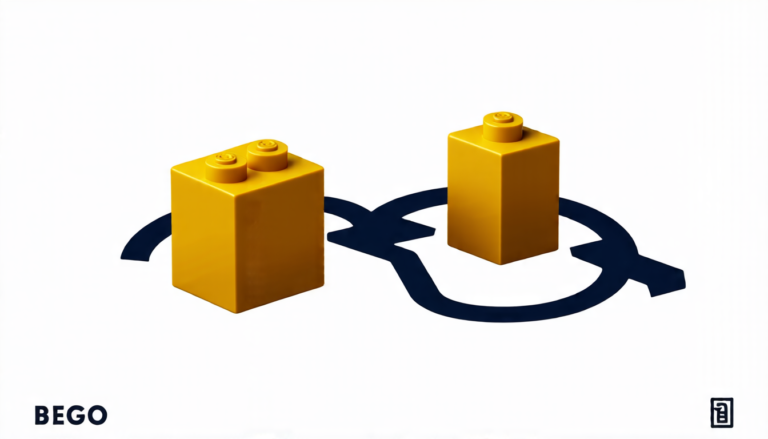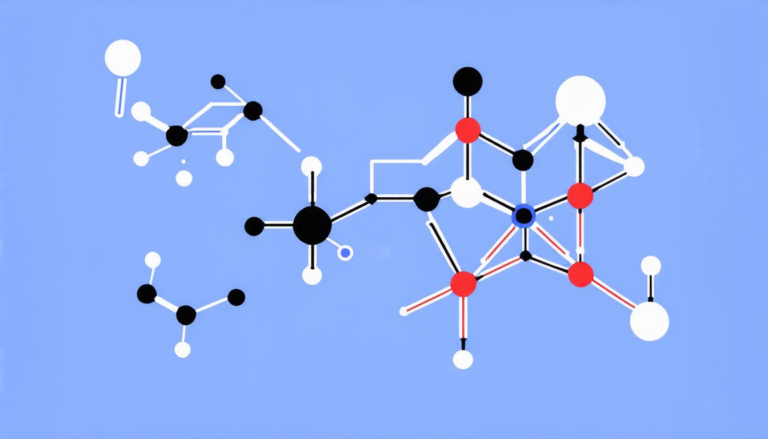Friday 05 September 2025
When it comes to designing optimal insurance contracts, mathematicians have long relied on traditional models that assume claims are independent and identically distributed events. However, this approach neglects a crucial aspect of real-world risk: the tendency for losses to cluster together in time.
Researchers have now developed a new framework that takes into account the clustering phenomenon, using a type of statistical model called Hawkes processes. These processes capture the self-exciting nature of clustered claims, where the occurrence of one event increases the likelihood of subsequent events.
The traditional approach to insurance contract design assumes that claims are independent and identically distributed events, which is far from reality. In practice, losses often cluster together in time due to various factors such as weather patterns, economic downturns, or human behavior. This clustering can have a significant impact on the insurer’s risk exposure and profitability.
To address this issue, researchers have developed a new framework that incorporates Hawkes processes into the insurance contract design process. The key idea is to model the intensity of claims over time using a self-exciting process, where the occurrence of one event increases the likelihood of subsequent events.
One major advantage of this approach is that it allows for more accurate estimation of the insurer’s risk exposure and profitability. By taking into account the clustering phenomenon, insurers can better assess their potential losses and adjust their premiums accordingly.
Furthermore, the new framework also enables the design of more efficient insurance contracts. Traditional approaches often rely on a fixed deductible or copayment structure, which may not be optimal in reality. The Hawkes process-based approach allows for the development of more flexible contract designs that take into account the clustering phenomenon.
The implications of this research are significant, as it has the potential to revolutionize the way insurers design and price their products. By incorporating clustering phenomena into insurance contract design, insurers can better manage their risk exposure and improve their profitability.
In addition, the new framework also opens up new avenues for research in actuarial science and finance. The study of Hawkes processes is a rapidly evolving field, with many potential applications beyond insurance contract design.
Overall, the development of this new framework marks an important milestone in the evolution of insurance contract design. By incorporating clustering phenomena into traditional models, insurers can better assess their risk exposure and improve their profitability.
Cite this article: “Modeling Clustering Phenomena in Insurance Contracts: A New Framework for Optimal Design”, The Science Archive, 2025.
Insurance, Contracts, Hawkes Processes, Clustering, Claims, Risk Exposure, Profitability, Actuarial Science, Finance, Mathematical Modeling







